Although not explained in detail, through the press and information, we also realized that the nation's long resistance war had entered its 9th year, had gone through the defensive and holding phase and was now "Actively holding out to prepare for a general counterattack". Our army and people had won and were winning, our mission was to transport food, provisions, guns, ammunition, and supplies to the battlefield for the troops to fight the enemy.
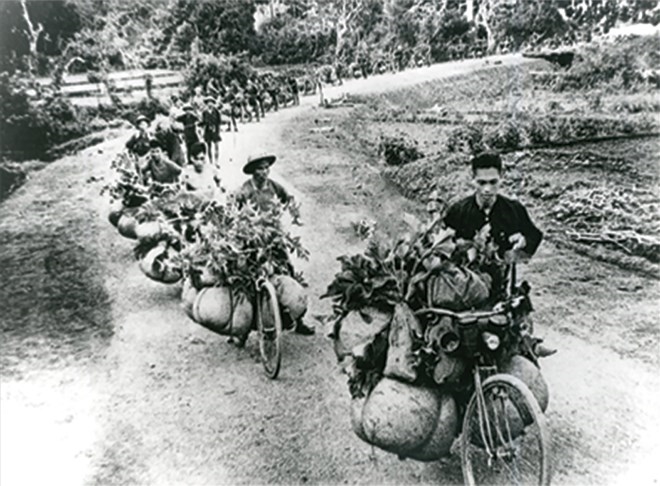
Long line of carts on the way to the campaign.
None of us refused the task, but there were still some questions because many people knew how to ride a bicycle but currently did not have one, and their families were poor, so how could they buy one? The village leader said: "Those who already have a bicycle should fix it up and ride it. In difficult cases, the commune will support some money to buy spare parts. Those who do not have a bicycle will have one. The commune advocates mobilizing the rich to spend money to buy a bicycle and they will be exempted from public service. That way, those who have money contribute money, those who have merit contribute: "All for the front line", "All to defeat the French invaders". Everyone was reassured and excited.
So after the meeting, within just 5 days, 45 of us had enough bicycles to go on the road to serve. I received a brand new "clutch" that my uncle contributed to the commune.
All were new soldiers so they had to practice, from tying the hands to the poles, packing the goods and then trying to carry them on the brick yard, on the village road, and in the alleys to get used to it. At first, after carrying a few steps, the cart would tip over, and it wasn't that heavy, no more than 80kg of goods at most. But then they got used to it. In addition to practicing carrying, repairing the vehicle well, and preparing to bring some necessary spare parts, everyone also had to learn about policies, objectives, requirements, transportation plans, marching regulations, the importance of the campaign, etc.
Our Thieu Do porter group crossed the Van Vac pontoon bridge at dusk. The village girls saw us off with these songs:
"My whole village doesn't love anyone.
I only love the soldier with a wooden chair and a backpack.
A few words to my loved one
"Complete the frontline mission and then return."
Stopped at Chi Can village to organize into district platoons and companies and pack the goods. Thieu Do platoon was tasked with transporting more than three tons of rice to the front line. The rice was packed into baskets, each weighing 30, 40 to 50 pounds. After packing, the troops marched northwest.
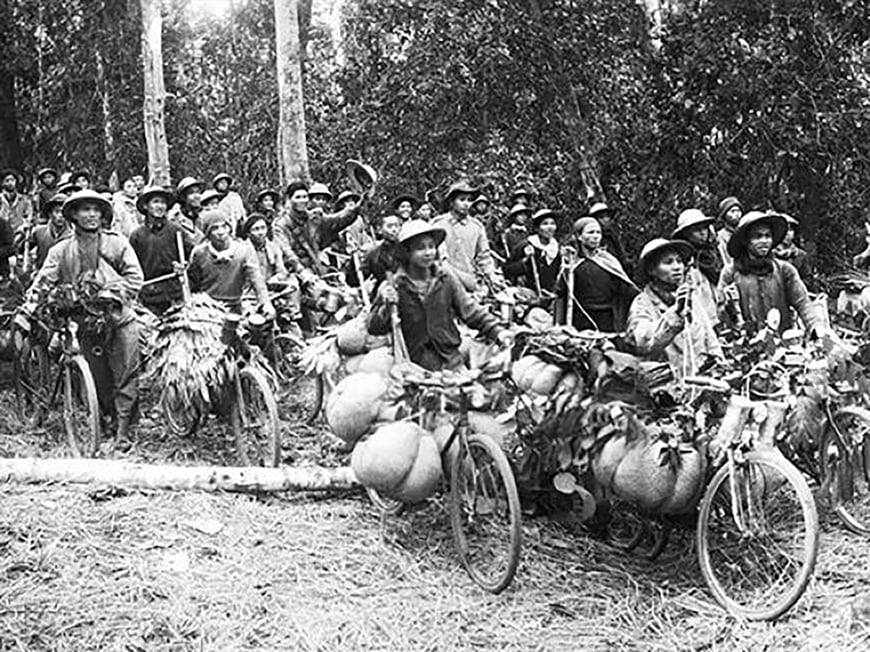
Bicycle packers on the way to the campaign.
The Thanh Hoa - Hoi Xuan provincial road is still regularly used by passenger and cargo vehicles every day, but at this time, the plain and midland roads have been chopped up, dug up, and chopped into sections, and each section is covered with mounds of earth blocking the road, and on each mound grows banyan trees and thorny bamboo bushes. The straight road has now become winding and bumpy, only enough for pedestrians, and cycling is very difficult.
Every day, French planes circled around to check. During the day, there were very few people on the road, but as soon as the sun went down, groups of people carrying loads and carts of goods came out of the bamboo hedges. At night, if one could count the stars in the sky, one could count the flickering, swaying lights of the porters carrying their loads on the road. As for us, the carts used "underbody lights" that we made ourselves, tied to the front axle; the lampshade was the top half of a white bottle cut in half, the float contained oil, and the wick was an ink bottle; the lampshade and float were placed in a bamboo tube with a round hole the size of a fist cut open so that the light could shine out in front, enough to light the way for the wheels to roll because we had to be on guard against planes.
Traveling at night and resting during the day, we arrived at Canh Nang station (Ba Thuoc) a week later. We only managed to travel 10km a day. When we arrived at Canh Nang, we heard that the Thanh Hoa town porter group was organizing to cross the La Han River. Canh Nang station was located in the rear, where laborers from districts in Thanh Hoa province and some laborers from Nghe An province gathered.
Canh Nang Street, Ba Thuoc district, is a gathering place for groups of porters, porters, boatmen, bridge workers, and cattle herders...
From morning to afternoon, the streets were quiet, but at night it was bustling and bustling, with bright lights, "people and carts packed, carrying loads like sardines". The sounds of shouting, singing, and calling each other resounded all night long. We met relatives from our hometowns who were carrying ammunition and food. The porters on foot gathered here to cross Eo Gio to Phu Nghiem station. The porters on carts crossed La Han River and also from La Han went to Phu Nghiem and Hoi Xuan. More than a dozen boats struggled from early evening to early morning to get the Thieu Hoa porter group across the river. Our unit had to march quickly to catch up with the Thanh Hoa porter group. We arrived at Phu Nghiem just in time to hide the porter group when two Hen-cat planes swooped in to bomb. Luckily, we managed to hide in a cave. In Phu Nghiem, there were many caves, some large and could hold hundreds of people, very solid. So during the 10 days of marching, our unit had three close calls; This time, if we had been a few minutes late, we would have been attacked by the enemy on the way and it would have been difficult to avoid casualties. The Thanh Hoa town group went first, the Thieu Hoa group followed, and as soon as they left, two B.26 planes arrived and dropped dozens of bombs and rockets. However, in our luck, there was also the risk of our comrades and compatriots: the bombing in Chieng Vac killed dozens of people, and the bombardment in Phu Nghiem also killed two laborers who were cooking on the bank of the stream.
Some of the two cart convoys had retreated because they could not bear the hardship. Doan Thieu Hoa stayed for a day in Phu Nghiem to "train the cadres and troops", mainly to strengthen the morale of the brothers in the unit, raise vigilance, and comply with the marching regulations. This had to be done because there were some porters who did not comply with the marching regulations and revealed their targets. Furthermore, the enemy had sensed that we were launching a large-scale campaign in the Northwest, so every day they sent planes to check our marching route, and if they encountered any suspicious places, they would bombard us.
After "training and rectifying the army", our group climbed Yen Ngua slope to Hoi Xuan station. Yen Ngua slope is 5km long. There are 10 steep steps, called steps because going up the slope is like climbing a ladder, the people carrying the load on foot have to climb step by step, as for the cart, on sunny days, 3 people have to push a cart up the slope, on rainy days, the slope is slippery, 5 to 7 people have to gather together to pull and push. It is true that we sweat profusely, breathing out of our ears to push the cart up the slope, there is no more tiring thing, however, after resting for a while, we feel as good as usual. Going downhill and plunging downhill is really dangerous, not only do many cases of broken carts occur but there are also casualties.
Thanh Hoa town group had people hit their noses on the road, crushed to death by sugarcane pulp; Thieu Hoa group had five or seven people break their arms, break their knees and lie down for treatment along the way before retreating to the rear. When going downhill, if it was a normal slope, just let go of the brakes and drive, but if it was a steep slope, to be safe, there had to be three types of brakes: In front, one person held the handlebars of the cart in the opposite direction with his left hand, and the front wheel was squeezed tightly with his right hand to roll it slowly; in the back, one person tied a rope to the rack and pulled it back, while the owner held the saddle and the pole to control the cart, and also controlled the brakes. The brake was a small piece of wood cut in half and inserted into the rear tire; through testing, this type of brake worked well but was very harmful to the tires. Later, someone came up with the idea of wrapping old tires in wooden blocks to reduce damage to the tires.
At night they marched, and during the day they stopped at roadside huts to eat and sleep. They slept comfortably, but they had to eat well. In the midland, rice, salt, and dried fish were provided in abundance, and sometimes there was also sugar, milk, beef, and candy. As for wild vegetables, there was no need to distribute them: there was no shortage of watercress, watercress, passionflower, lolot leaves, coriander, and water taro.
After going through many challenging stages, marching from their hometown to Hoi Xuan station, Thieu Do platoon lost 3 soldiers: One had malaria, one had a broken frame, and one could not bear the hardship and "flew away" as soon as they arrived at Canh Nang station. The remaining group joined more than a hundred porters of the Thanh Hoa and Thieu Hoa porter company to overcome the rainy nights and steep slopes with determination:
"It's raining, my clothes and pants are wet,
"Wet to get the spirit of the people".
And:
"Climb up the high mountain slope
Only when going to the logistics can one know Uncle Ho's contributions.
Marching to Suoi Rut station on the very day our army fired the first shot at Him Lam hill to start the campaign, we just realized we were serving in the Dien Bien Phu Campaign.
If Canh Nang is the gathering place for laborers from districts in Thanh Hoa province, then this is also the meeting place for laborers from some provinces of Son La down, Ninh Binh, Nam Dinh up. Although we do not know each other, it is as if we have known each other for a long time:
Worker meets worker again
Like phoenix and parasol trees meeting each other...
Worker meets worker again
Like wife meets husband like drought meets rain.
The Thieu Hoa cart unit was ordered to bring the goods into the warehouse. So the sealed rice grains from my hometown transported from home here were neatly placed in the warehouse and could be transferred to the front line in a moment, or tonight, or tomorrow, along with rice grains from all other hometowns in the North.
After delivering the goods to the warehouse, we were ordered to withdraw to Hoi Xuan station and from Hoi Xuan, transfer the goods to Suoi Rut. Hoi Xuan - Suoi Rut - Hoi Xuan or called VC5, VC4 stations for short, we went back and forth like a shuttle, happy with the continuous victories reported from Dien Bien Phu.
The road from VC4 station to VC5 station along the Ma River has many shortcuts through the local trails that have now been cleared and widened. Some sections are only wide enough for carts to roll over newly cut tree stumps. Some sections of the road are close to the cliffs that have collapsed and had to be paved with wooden floors and bamboo sheets to support the cliffs for people and carts to pass. Pushing the cart on these sections of road, I imagined myself walking on the gravel road in Ba Thuc in the Three Kingdoms story that I had read; one misstep or a slight misstep could send both the person and the cart plunging into the river and the abyss.
The slopes here are not long or high, but they are mostly steep because the road has to cross many streams, and each stream slopes down and up. If on the roads of Hoi Xuan and La Han, it takes three or four people to move a vehicle down the slope, here it takes seven or eight people; because the slope is steep and slippery. Sometimes it takes half a day for the whole unit to get over the slope. Therefore, each day we can only travel five or seven kilometers, and we don’t have to travel at night because enemy planes have never known about this road.
At night, there were no huts or camps, so we leaned against the car, covered ourselves with raincoats, and slept on rice bags. On rainy nights, we just put on raincoats and waited for the morning. From VC4 to VC5, we received 5 days of rice to eat. That afternoon, after three days of marching, we stopped, parked our car on the bank of the Ma River, and just in time to start cooking, it started to rain heavily. Everyone had to be quick, each kitchen had two men stretch out plastic to cover the fire from the rain until the rice was cooked.
It rained all night, and the next morning it still hadn't stopped; everyone discussed setting up tents in case the rain continued. After setting up the tents, the rain stopped. Looking back at the road ahead, there was no road but a river, because this was a newly opened road going under the riverbank close to the cliff. We waited for a day but the water still hadn't receded, maybe it was still raining upstream, we thought, and everyone was anxious and worried. Should we return to the VC4 station or wait for the water to recede and continue? The question was asked and answered. The platoon leader and I went on a reconnaissance mission. The two of us waded into the water, leaning against the cliff to feel each step, going upstream. Luckily, the road around the cliff was less than 1km long and could be waded through, the water only reached our waists and chests, we returned and called an emergency meeting. Everyone agreed: "At any cost, we must get the goods to the VC5 station as soon as possible, the front line is waiting for us, all for the front line!"
A plan was drawn up, and in just a few hours we had finished building more than a dozen bamboo rafts, loaded the goods onto the rafts, and lowered them into the water to pull them upstream, but it didn’t work because there were many sections with strong currents. Thinking we were helpless, the platoon leader suddenly had an idea, building stretchers like ambulances to carry the goods. Four men per stretcher, each stretcher had two bundles of rice, lifted the stretcher onto his shoulder and waded upstream: Hooray, transporting rice like ambulances! After almost a whole day of wading in the water, the unit was able to transport more than three tons of rice through the flooded road and deliver it to the VC5 station in time. At this time, at the VC5 station, there were hundreds of porters waiting for rice. How precious the rice was to the station at this time.
When the water receded, we returned to VC4 station and then from VC4 to VC5. On the day the whole country rejoiced at the Dien Bien Phu victory, 40 of us porters returned to our homeland proudly wearing on our chests the "Dien Bien Soldier" badge.
Source









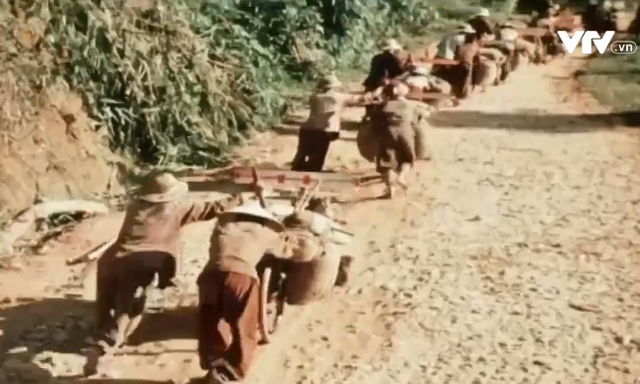

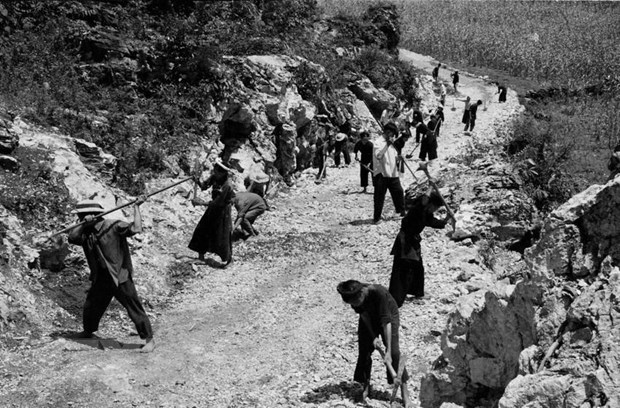








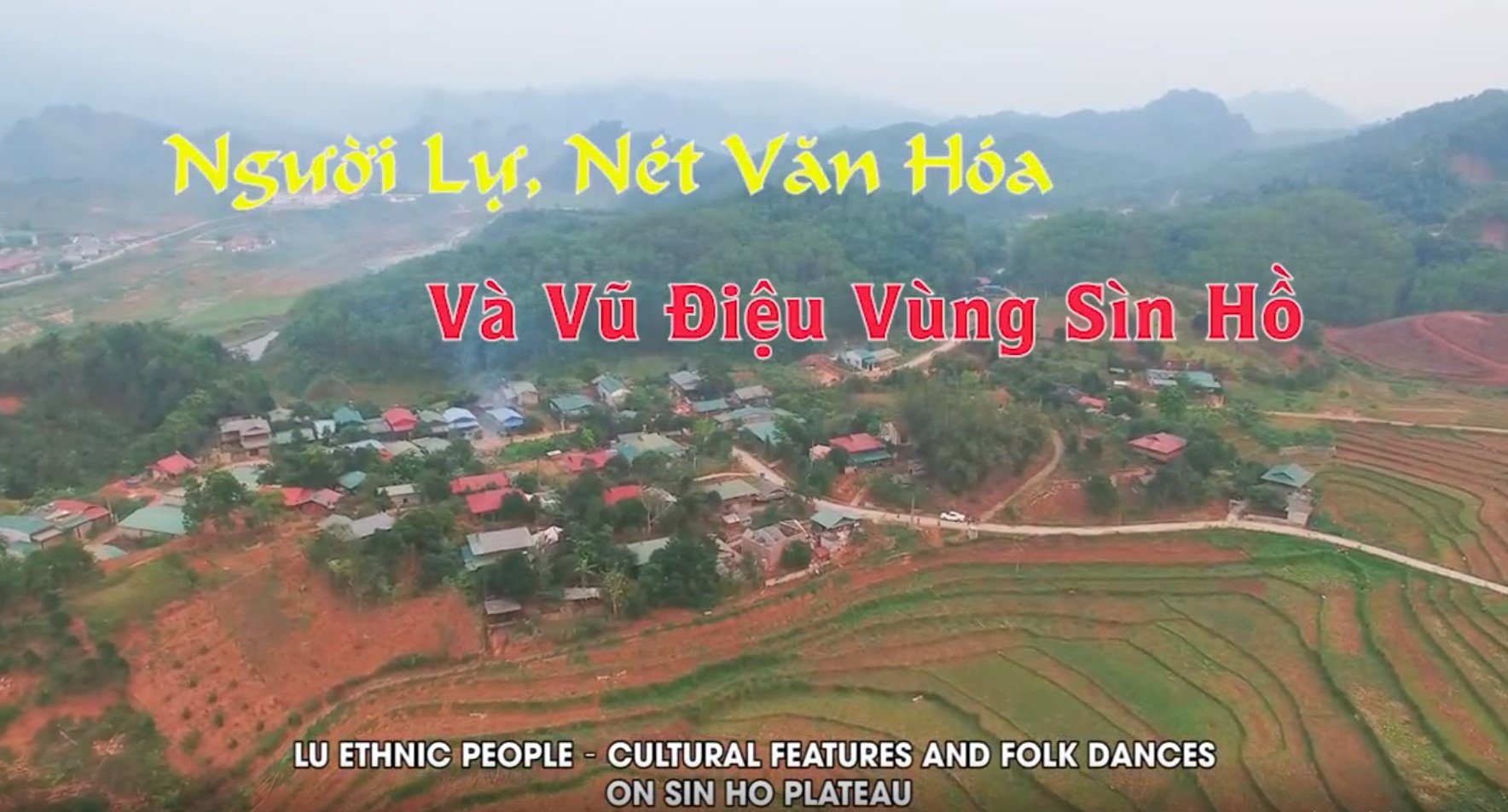
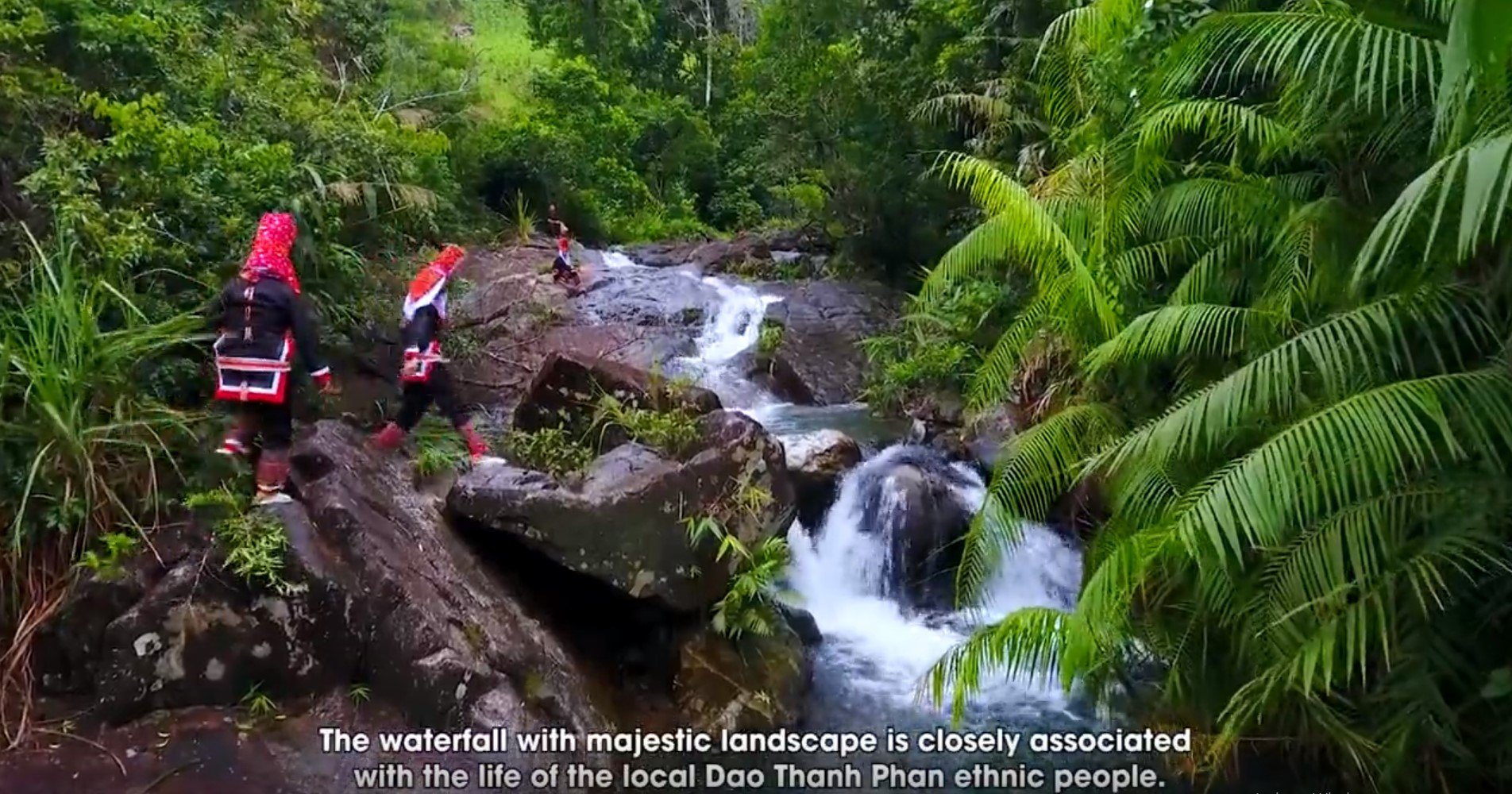


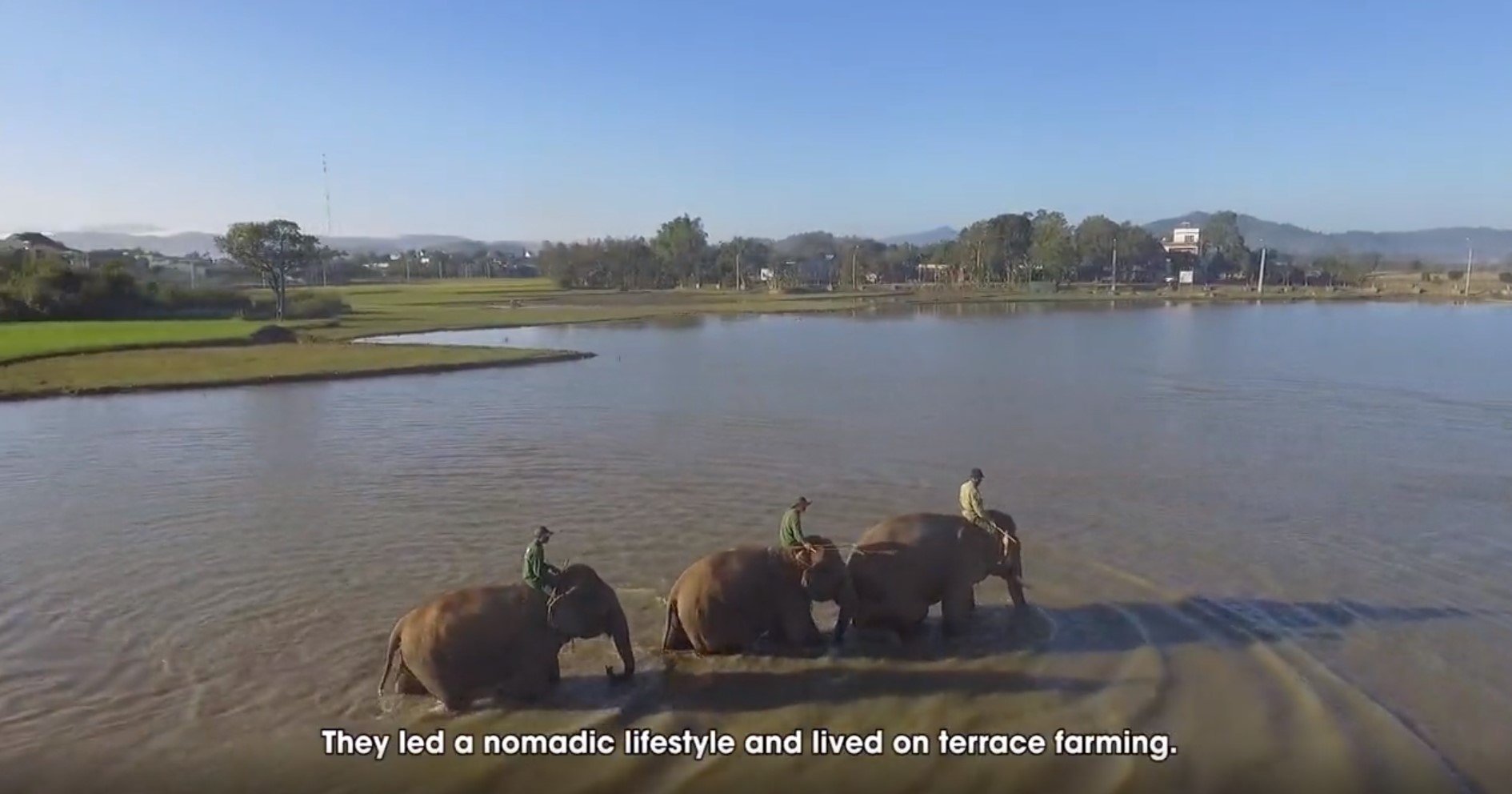
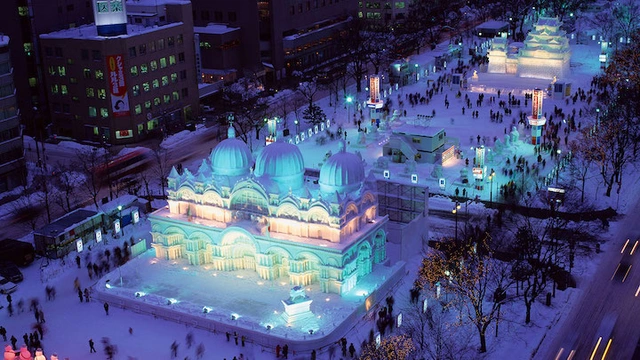







![[Photo] Prime Minister Pham Minh Chinh chairs Government Conference with localities on economic growth](https://vstatic.vietnam.vn/vietnam/resource/IMAGE/2025/2/21/f34583484f2643a2a2b72168a0d64baa)








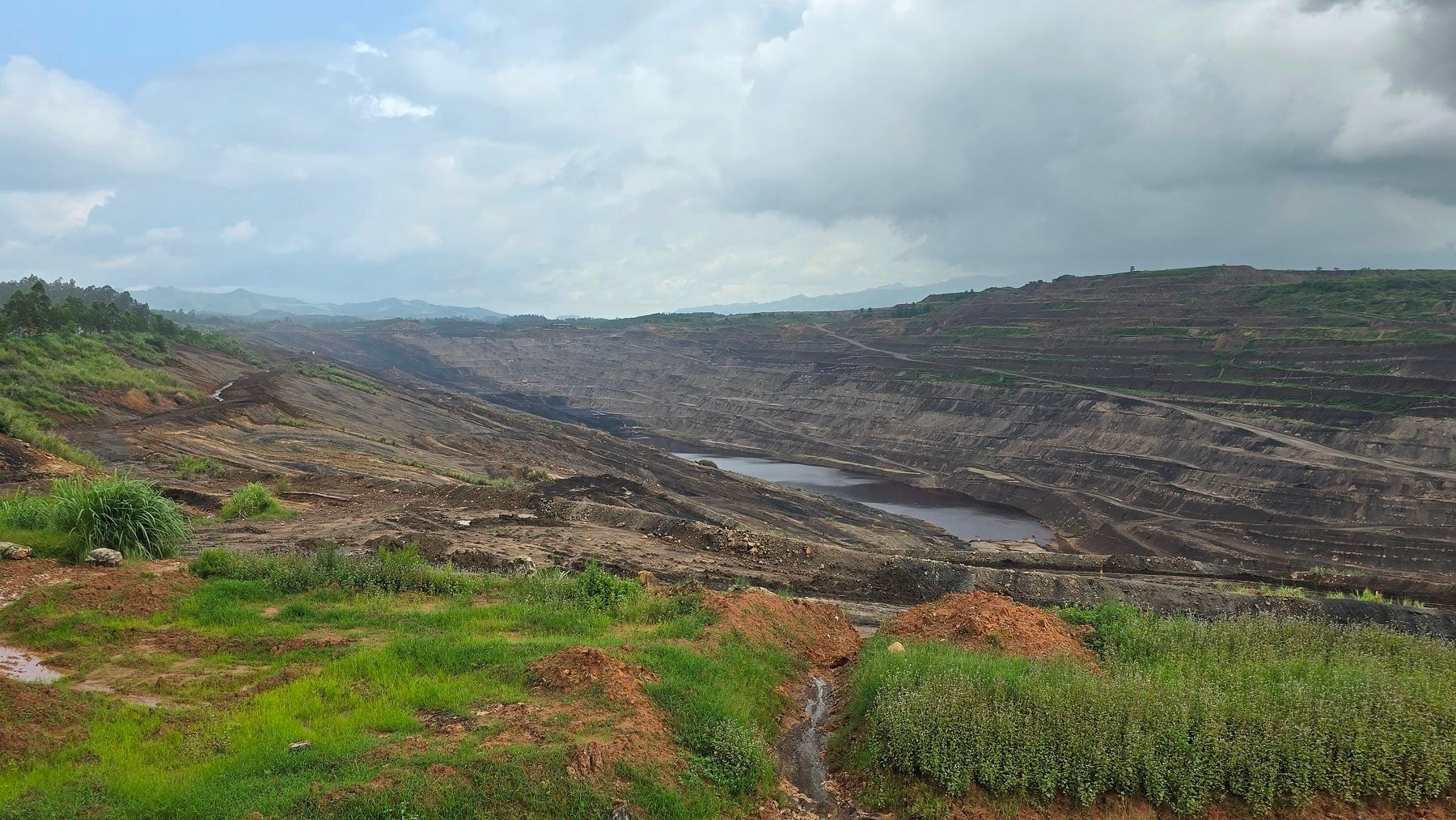




















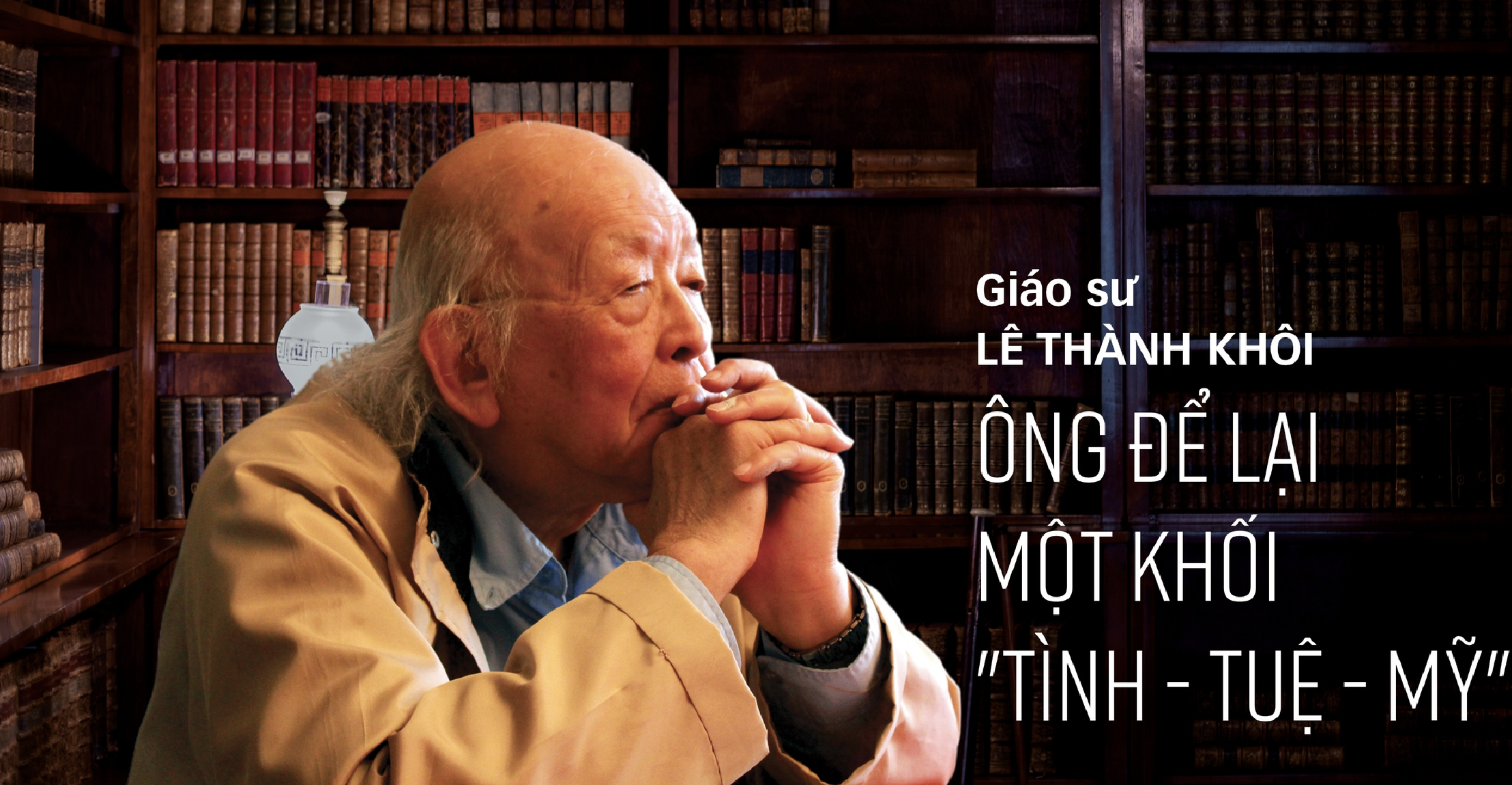


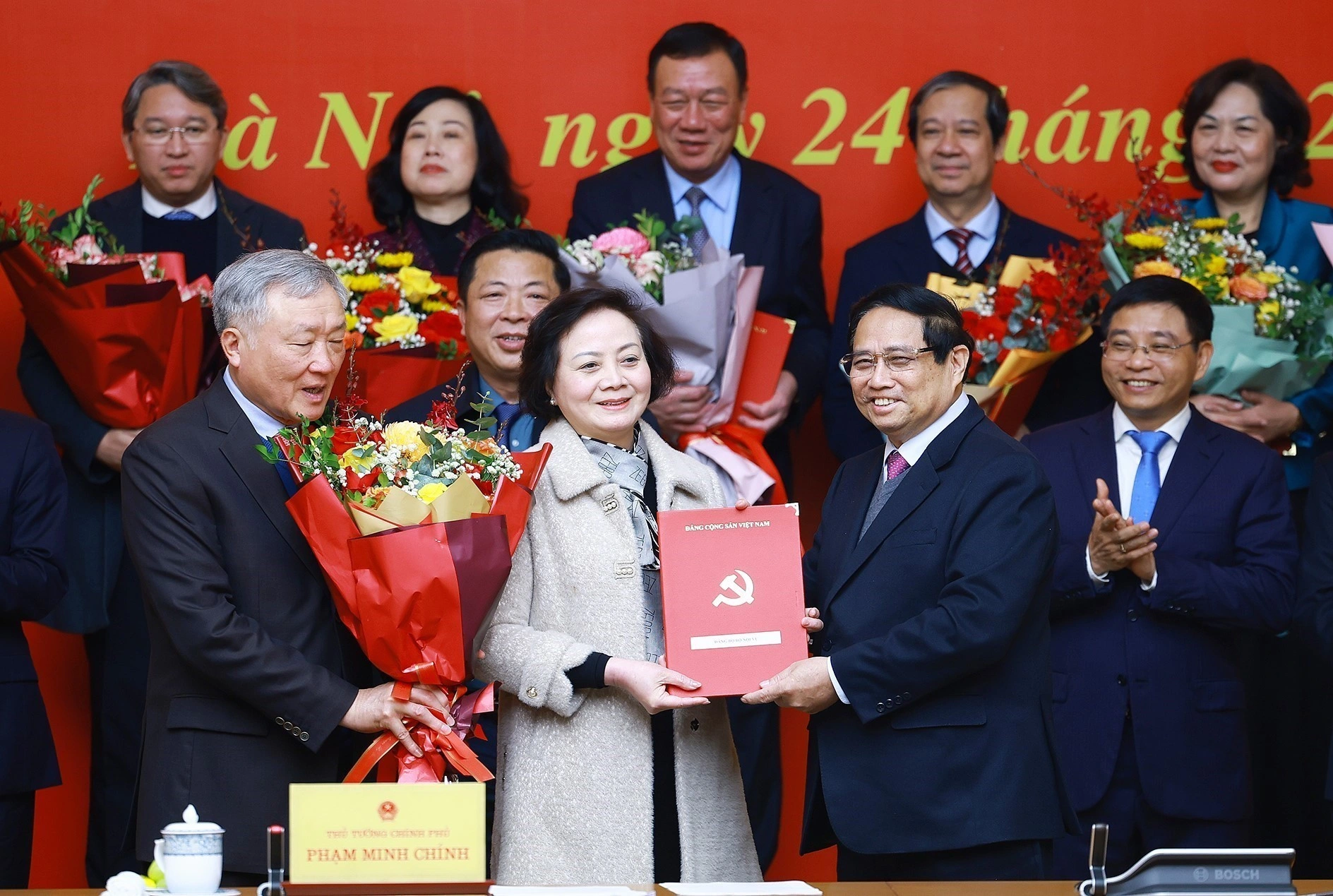
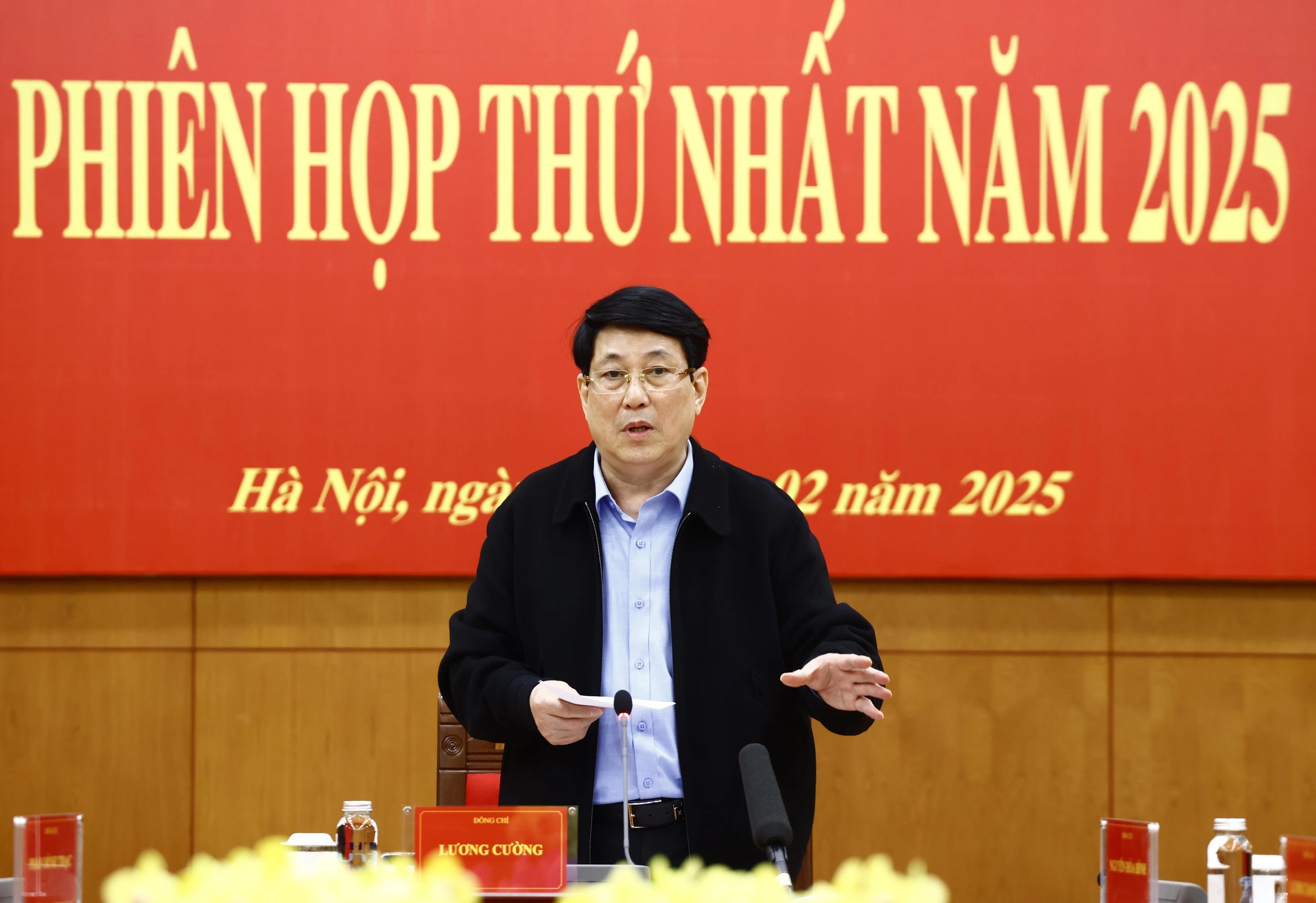
















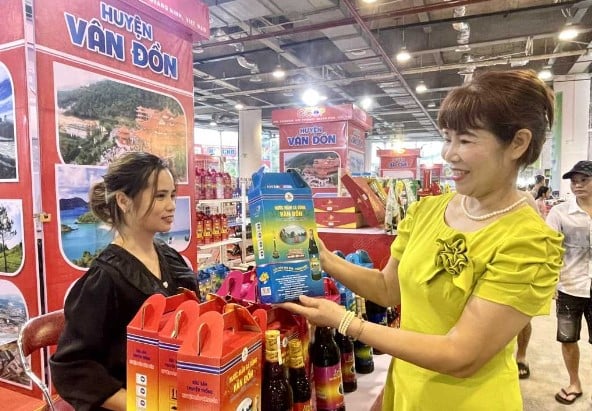
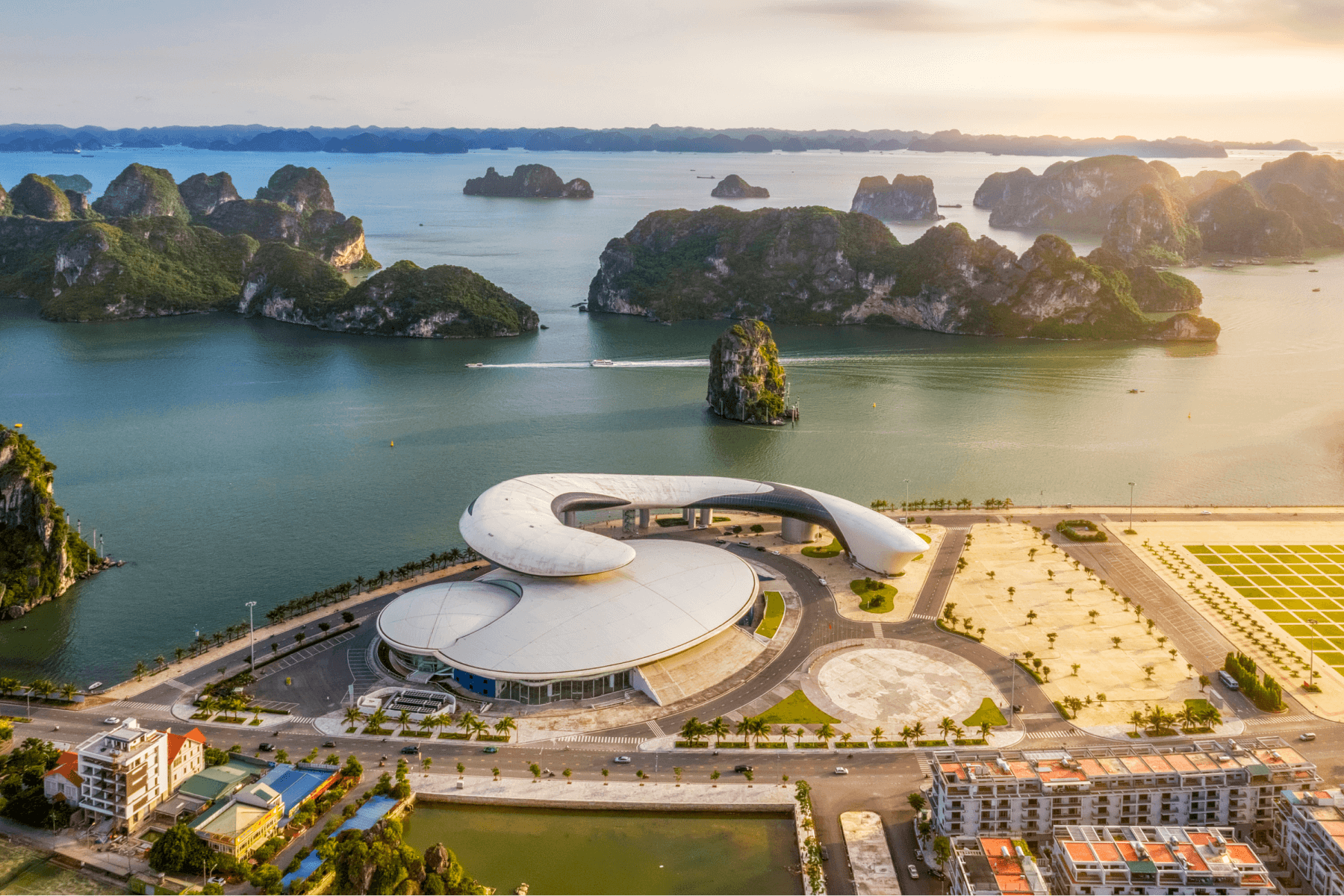
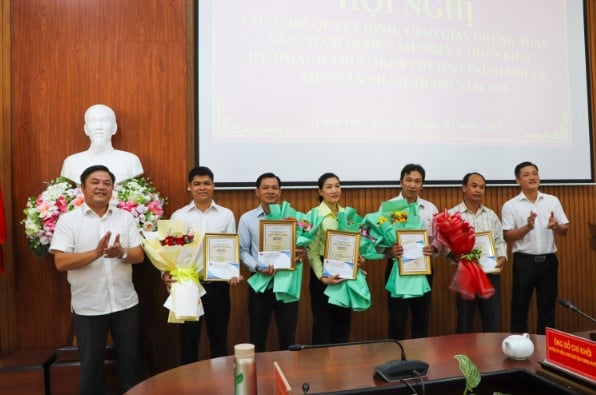
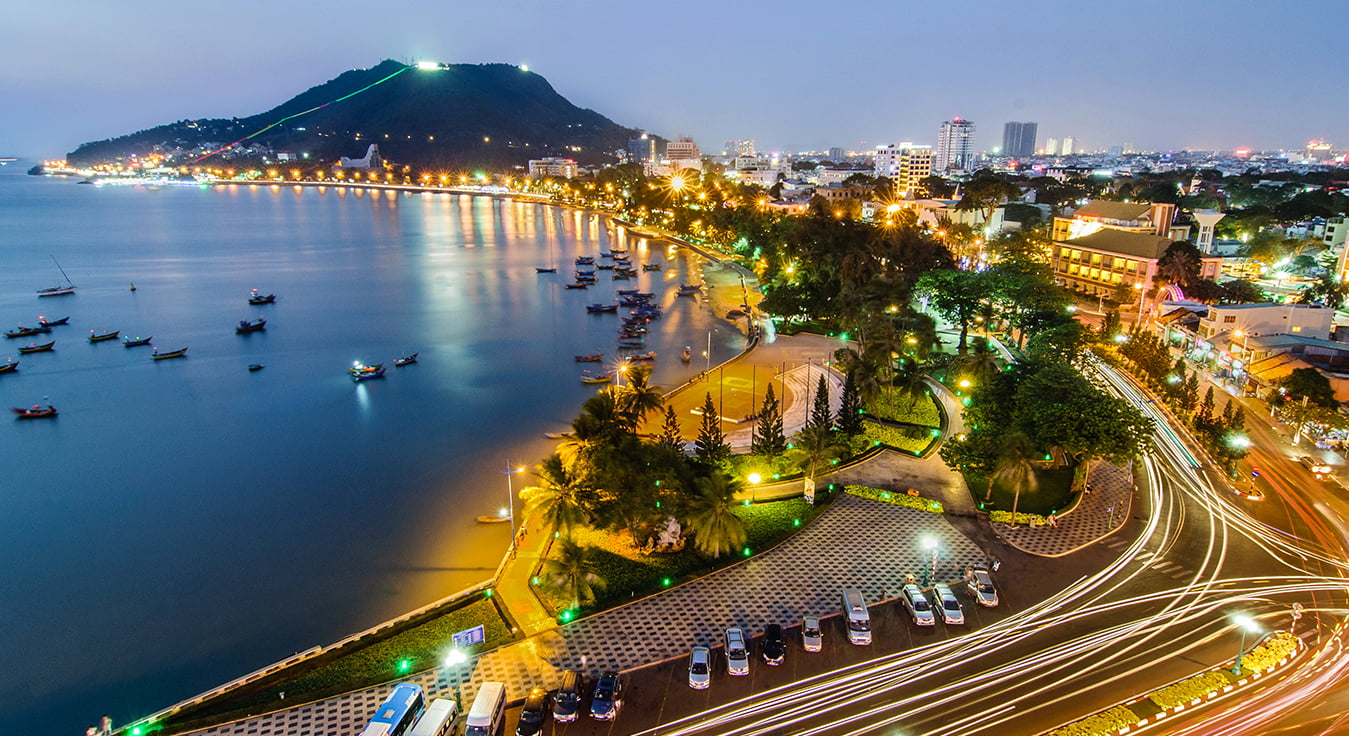
Comment (0)